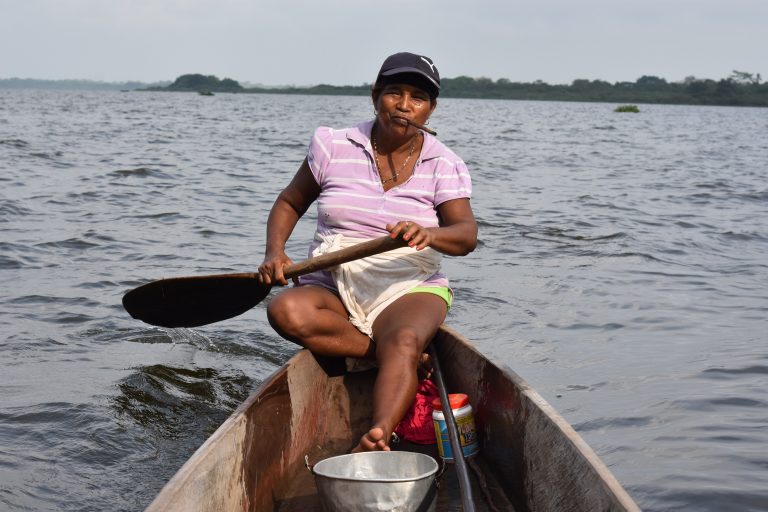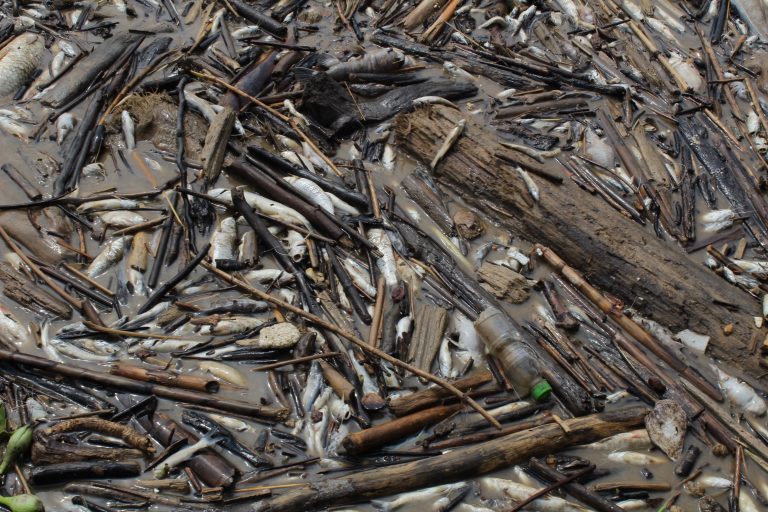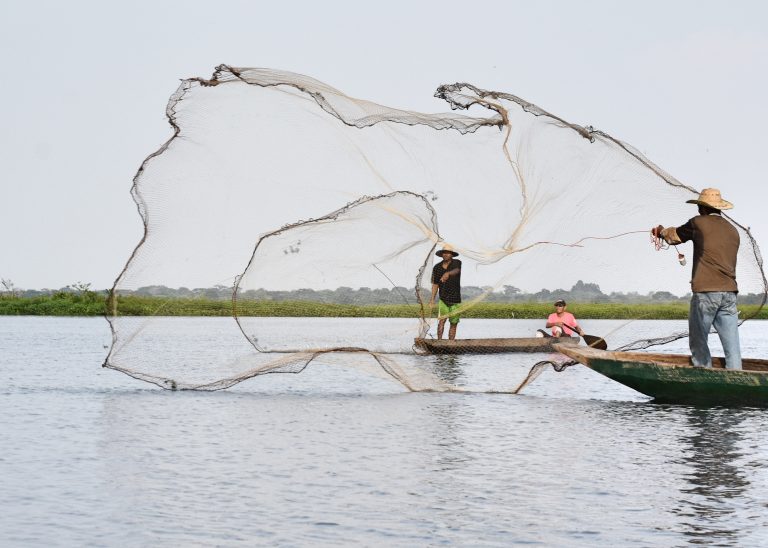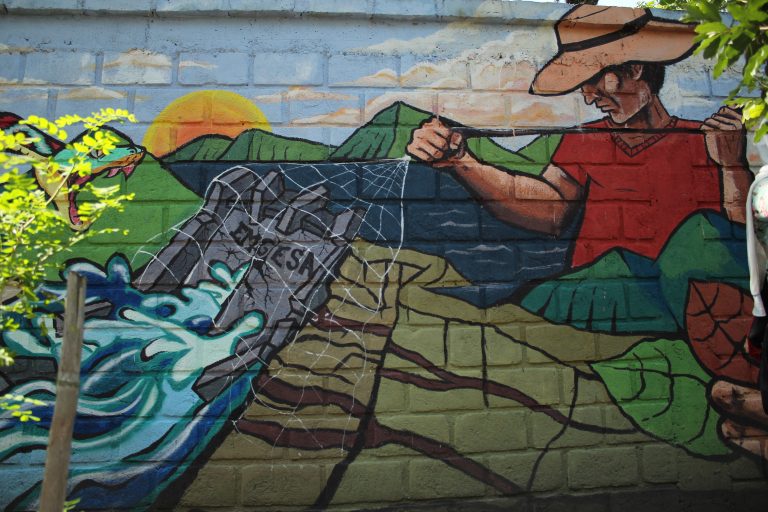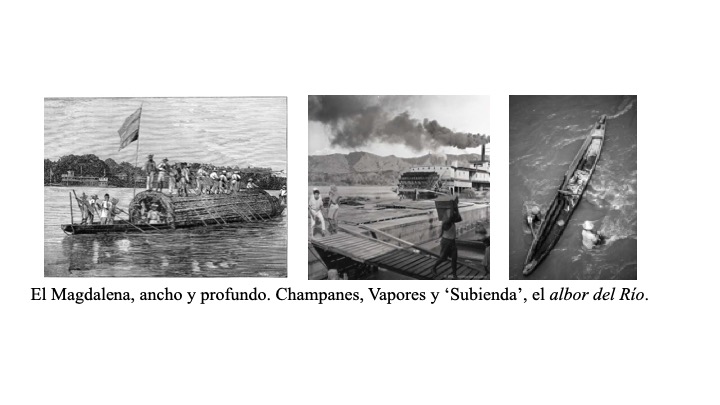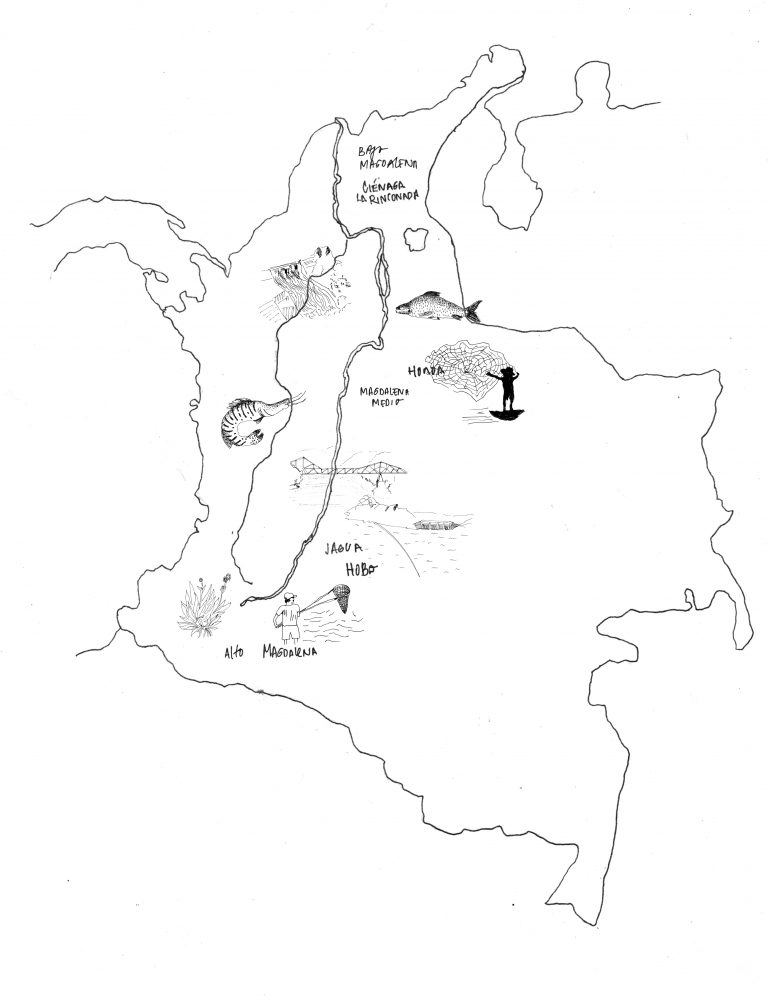The Problem
The Roots
The Solutions
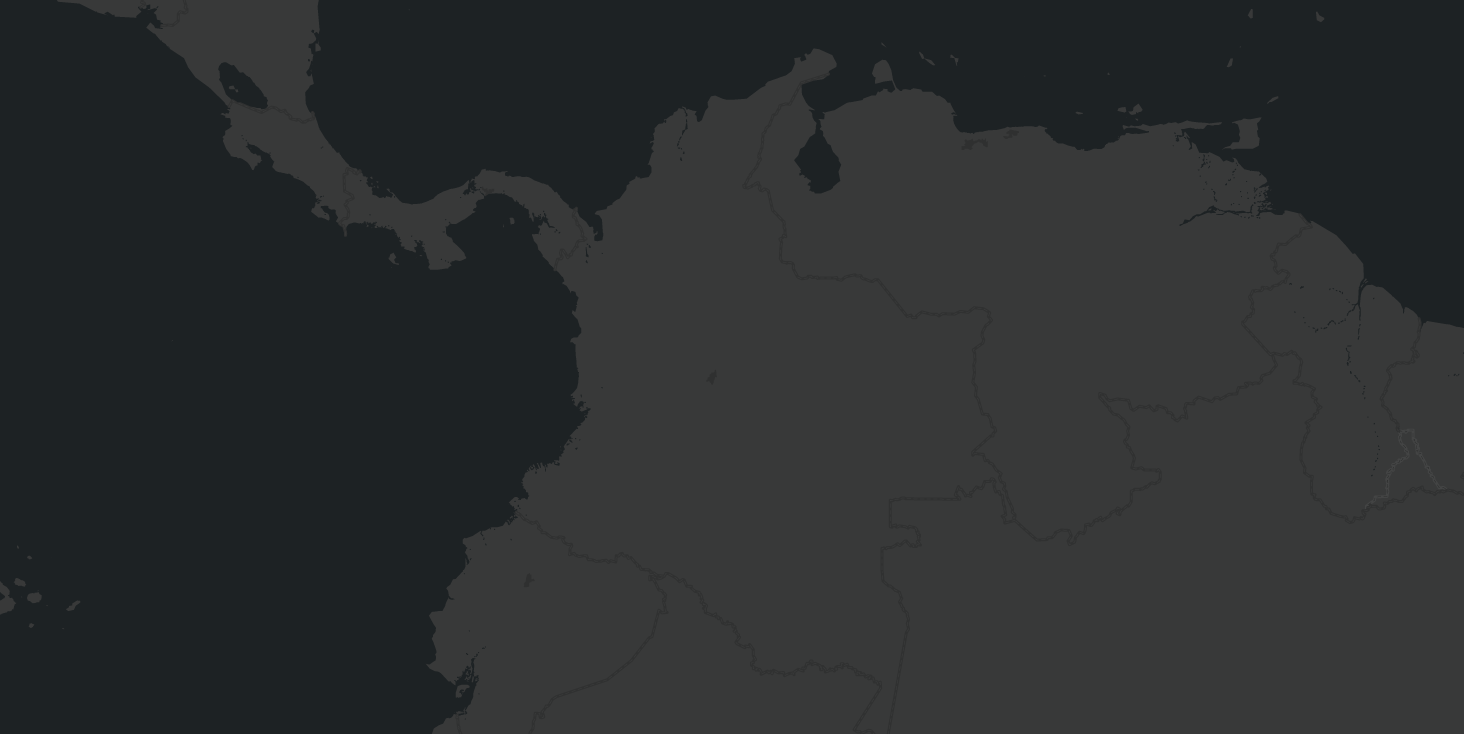
Our Point of View
Universidad de los Andes and Universidad del RosarioThe Magdalena River is Colombia’s fluvial artery: a river of many lives and hopes. It travels through 1,528 kilometers of páramos, humid forests, and dry forests on its way to the sea. We were taught it is our homeland river, a place of human/natural diversity. Fishermen shared that “living waters” sustain entangled lives including their own. But their lives are interrupted and silenced by the ambition and neglect of “development.” Seeking justice includes considering ecologies of abundance and ecologies of fear—and today’s longer dry seasons, less fish, rising pollution, extreme floods and droughts, and rupturing infrastructure.
Acopesca, Asopein, Asopesarhon, Asapevema, Asopestol, Fuentemar, Famipez, Fepescarmar, and other riverside communitiesIf they ask me if the Magdalena River has harmed me, I’ll say yes. But not because the river is evil, but because it needs a Nation. Riverside peoples are always the most affected. When there is flooding, drought, or fish mortality, the state barely pays any attention. Frequently, we are made responsible for living by the river even though the greatest harm is caused by hydroelectric dams, agroindustry, and extensive cattle ranching. We feel hopeful in this moment of urgency. Defending the river is defending ourselves: It is our life.




